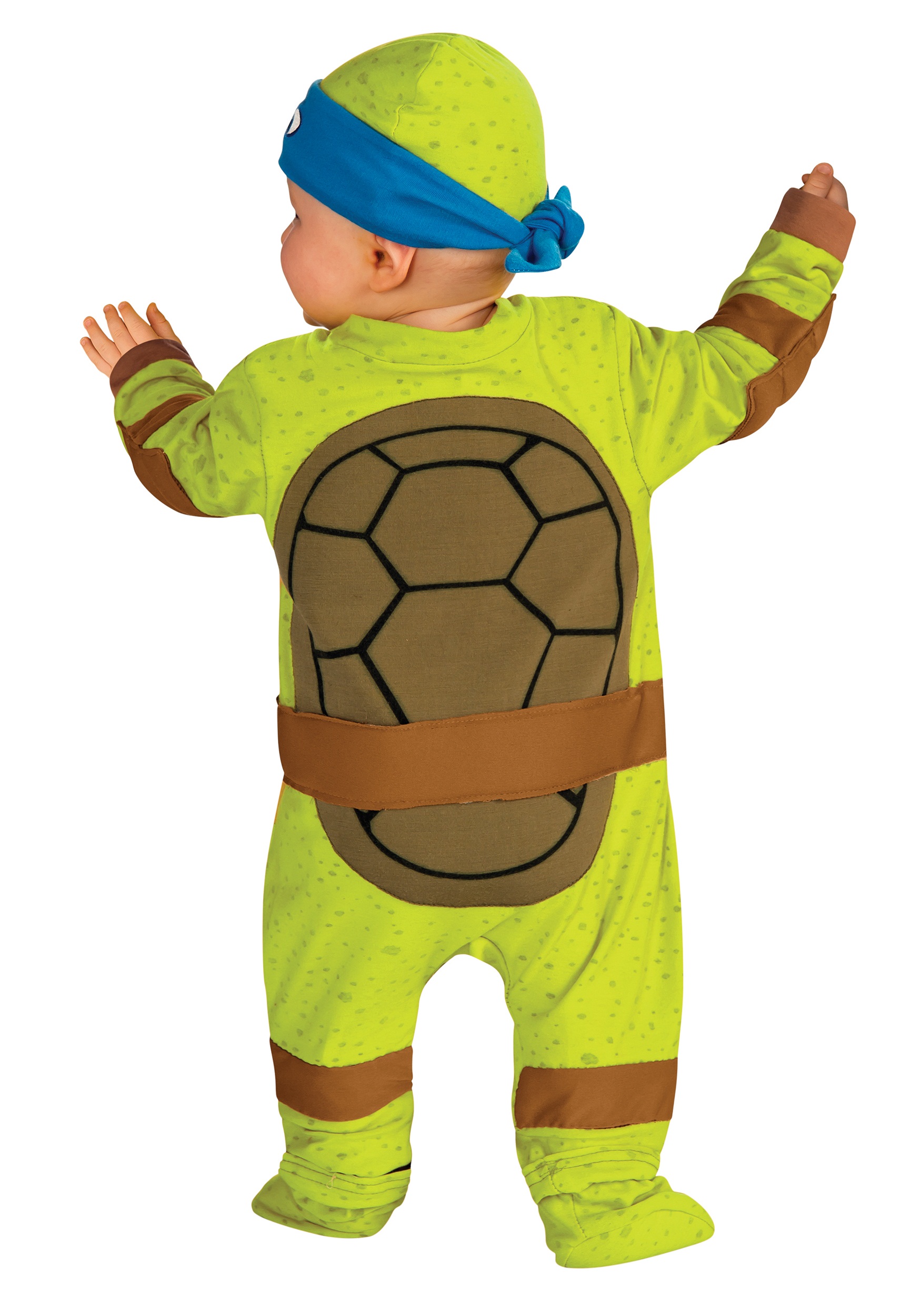

Kunisada, 1853.ĭespite many popular folktales, historical accounts of the ninja are scarce. In English, the plural of ninja can be either unchanged as ninja, reflecting the Japanese language's lack of grammatical number, or the regular English plural ninjas. In the Western world, the word ninja became more prevalent than shinobi in the post– World War II culture, possibly because it was more comfortable for Western speakers. : p168 In fiction written in the modern era kunoichi means "female ninja".

Kunoichi (くノ一)is, originally, an argot which means "woman" : p168 it supposedly comes from the characters くノ一 (respectively hiragana ku, katakana no and kanji ichi), which make up the three strokes that form the kanji for "woman" (女). In historical documents, shinobi is almost always used. Along with shinobi, these include monomi ("one who sees"), nokizaru (" macaque on the roof"), rappa ("ruffian"), kusa ("grass") and Iga-mono ("one from Iga"). Historically, the word ninja was not in common use, and a variety of regional colloquialisms evolved to describe what would later be dubbed ninja. The underlying connotation of shinobi ( 忍) means "to steal away to hide" and-by extension-"to forbear", hence its association with stealth and invisibility. The word shinobi appears in the written record as far back as the late 8th century in poems in the Man'yōshū. In the native kun'yomi reading, it is pronounced shinobi, a shortened form of shinobi-no-mono (忍びの者). Ninja is the on'yomi ( Early Middle Chinese–influenced) reading of the two kanji "忍者". Much of their perception in popular culture is based on such legends and folklore, as opposed to the covert actors of the Sengoku period. Ninja figured prominently in legend and folklore, where they were associated with legendary abilities such as invisibility, walking on water and control over natural elements. īy the time of the Meiji Restoration (1868), shinobi had become a topic of popular imagination and mystery in Japan. A number of shinobi manuals, often based on Chinese military philosophy, were written in the 17th and 18th centuries, most notably the Bansenshūkai (1676). Following the unification of Japan under the Tokugawa shogunate in the 17th century, the ninja faded into obscurity. It is from these areas that much of the knowledge regarding the ninja is drawn. In the unrest of the Sengoku period, mercenaries and spies for hire became active in Iga Province and the adjacent area around the village of Kōga. Though shinobi proper, as specially trained spies and mercenaries, appeared in the 15th century during the Sengoku period, antecedents may have existed as early as the 12th century.


Their covert methods of waging irregular warfare were deemed dishonorable and beneath the honor of the samurai. The functions of a ninja included reconnaissance, espionage, infiltration, deception, ambush, bodyguarding and their fighting skills in martial arts, including ninjutsu. Volume six, 1817.Ī ninja ( 忍者, Japanese pronunciation: ) or shinobi ( 忍び, ) was a covert agent or mercenary in feudal Japan.
#BABY NINJA SUIT SERIES#
Drawing of the archetypical ninja from a series of sketches by Hokusai.


 0 kommentar(er)
0 kommentar(er)
